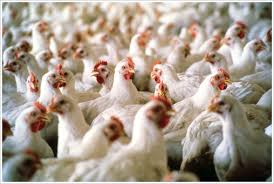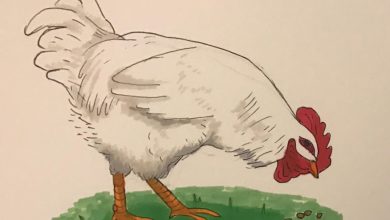The revolution in the egg laying industry
The definition of a minimum living space, a ban on forced starving and the setting of advanced technological requirements


The Ministry of Agriculture is advocating the welfare regulations for egg laying hens, which are adopting, for the first time, an advanced Western standard for the egg laying industry in Israel. Regulations have been published for public comment.
After months of hard work, the Ministry of Agriculture and Rural Development has published the Draft Animal Welfare Regulations (Animal Protection) (Raising and Keeping Egg Laying Chickens for Agricultural Purposes) 5782 – 2022, for public comments.
The regulations regulate the poultry raising conditions in the egg laying industry, with the objective of bringing the industry in Israel to meet the standard that currently best guarantees the welfare of egg laying hens in developed countries.
In parallel to upgrading the sanitary and veterinary conditions that are necessary to maintain public health, as well as the health of the poultry, according to the draft, the regulations will come into force within thirty days from the date of their publication and the provisions will be implemented gradually, in accordance with that stipulated in the transitional provisions.
The regulations are a first and necessary step in furthering reform in the egg laying industry and, inter alia, they stipulate the ban on raising egg laying hens in old fashioned and crowded cage type coops, which prevents the ability to maintain biological safety and the welfare of the poultry kept in them.
Under the regulations, any new coop that will be established from the date of the regulations coming into force, onwards, will be a coop without cages. As of June 1, 2029, the keeping of poultry in cage type coops in Israel (not just the new ones) will be banned.
The transition period is intended to allow the industry to prepare and upgrade in accordance with the necessary changes, since in Israel, at present, about 93% of the egg laying hens coops are cages of various types.
It would be prudent to clarify that during the transition period, a minimum living space has been set for the egg laying hens in existing coops, which will range from 600 sq. cm. to 750 sq. cm., depending on the size of the coop.
Moreover, under the new regulations, the practice of forcibly “starving” egg laying hens, with the objective of creating an additional egg laying cycle for them, will be officially banned within a year and a half from the date of the regulations coming into force,
Also, within a year, the trimming of the beaks of egg laying hens, after having been taken out of the incubator, will be banned.
Trimming the beak will be permitted while the chicks are in the incubator and in the best manner known today. This is to prevent them from injuring each other, and for the sake of maintaining their well-being.
The regulations also require that medical treatment or euthanasia be provided to prevent the suffering of a sick hen or a hen injured by a poultry worker and even stipulate a duty to consult a veterinarian or poultry breeding guide in the event of an extraordinary event.
An extraordinary event is defined as a case in which mortality in a coop exceeds 0.25% per day, or there is a decrease in egg laying exceeding 10% per day or 5% within three days.
In addition, the regulations address the infrastructure and equipment required for raising egg laying hens and, in fact, sets new and advanced standards for the living conditions of egg laying hens throughout all stages of rearing that will ensure product safety for consumption on the one hand, together with significant improvement in poultry welfare on the other.
As part thereof, the regulations refer to ventilation, air conditioning and lighting, including the obligation to install control and monitoring systems, as well as floor tiling requirements, the sizes of apertures and the size and quantity of feeding and drinking equipment.




